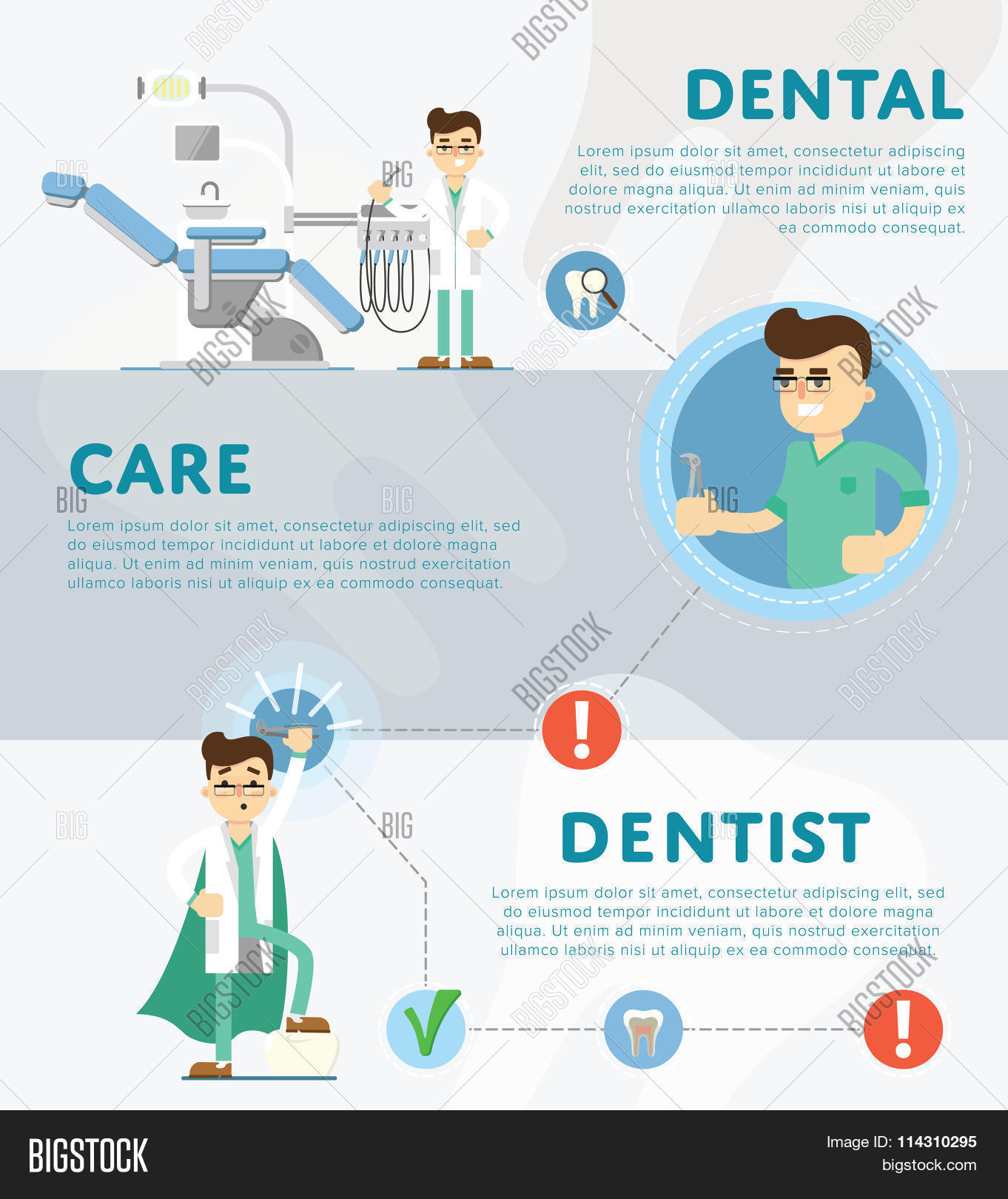Examine The Innovative Technologies That Are Changing Oral Surgery. Discover What The Future Holds For This Field And Keep Yourself Notified. Click Now For An Unique Sight Of Upcoming Innovations
Examine The Innovative Technologies That Are Changing Oral Surgery. Discover What The Future Holds For This Field And Keep Yourself Notified. Click Now For An Unique Sight Of Upcoming Innovations
Blog Article
Author-Borg Jefferson
Invite to the globe of dental surgery, where innovations and advances are shaping the future of the area! In this amazing world, you'll witness the transformative power of robotics, the advanced wonder of 3D printing, and the game-changing impact of minimally intrusive strategies.
The future of oral surgery holds a guarantee of precision, performance, and enhanced individual outcomes. With the help of advanced robotics, specialists are able to execute complicated treatments with greater accuracy and control.
3D printing technology is reinventing the creation of oral implants and prosthetics, offering customized remedies that fit effortlessly right into each patient's distinct anatomy.
In addition, minimally invasive methods are minimizing post-operative discomfort and recuperation time, enabling clients to go back to their every day lives earlier.
Prepare to explore the interesting developments and advances that are reshaping the landscape of oral surgery!
Developments in Robotics
One significant advancement in dental surgery is using robot technology, which enables precise and reliable procedures. With the help of robotic systems, oral cosmetic surgeons have the ability to do complicated surgical treatments with enhanced accuracy, decreasing the threat of human mistake.
These robot systems are equipped with innovative imaging innovation and exact instruments that enable surgeons to browse with complex anatomical structures effortlessly. By using robot modern technology, cosmetic surgeons can accomplish higher surgical precision, resulting in enhanced person results and faster healing times.
Furthermore, making visit my webpage of robotics in dental surgery permits minimally intrusive procedures, reducing the injury to bordering cells and advertising faster healing.
3D Printing in Oral Surgery
To boost the field of dental surgery, you can discover the subtopic of 3D printing in oral surgery. This innovative technology has the potential to revolutionize the means oral specialists operate and treat people. Below are https://jaredwzhij.mybuzzblog.com/12692905/sedation-dentistry-enhancing-client-comfort-and-lowering-stress-and-anxiety-in-the-oral-chair which 3D printing is forming the field:
- ** Personalized Surgical Guides **: 3D printing enables the creation of highly exact and patient-specific surgical overviews, improving the accuracy and efficiency of procedures.
- ** Implant Prosthetics **: With 3D printing, oral specialists can produce personalized dental implant prosthetics that completely fit a person's unique composition, resulting in far better outcomes and person complete satisfaction.
- ** Bone Grafting **: 3D printing makes it possible for the production of patient-specific bone grafts, minimizing the demand for traditional grafting techniques and improving healing and recuperation time.
- ** Education and learning and Training **: 3D printing can be used to develop reasonable surgical versions for instructional objectives, allowing oral surgeons to practice complex procedures prior to performing them on clients.
With its possible to enhance precision, personalization, and training, 3D printing is an exciting development in the field of oral surgery.
Minimally Invasive Strategies
To additionally advance the field of dental surgery, embrace the capacity of minimally intrusive strategies that can significantly profit both doctors and patients alike.
Minimally invasive techniques are reinventing the area by decreasing surgical injury, minimizing post-operative pain, and increasing the recovery process. These methods include utilizing smaller incisions and specialized tools to do procedures with accuracy and performance.
By using innovative imaging modern technology, such as cone beam computed tomography (CBCT), surgeons can accurately plan and perform surgical procedures with marginal invasiveness.
Additionally, using lasers in oral surgery permits exact tissue cutting and coagulation, resulting in reduced bleeding and decreased recovery time.
With minimally invasive strategies, people can experience much faster recuperation, lowered scarring, and boosted end results, making it a crucial aspect of the future of dental surgery.
Conclusion
So, as you can see, the future of oral surgery is unbelievably appealing, with exciting developments and developments shaping the field.
From full mouth reconstruction cost austin tx in robotics to making use of 3D printing and minimally intrusive methods, dental specialists are reinventing the means they give treatment.
While some may bother with the potential price associated with these developments, it is essential to keep in mind that these innovations ultimately enhance individual results and lower recovery time, making them well worth the investment in the future.
